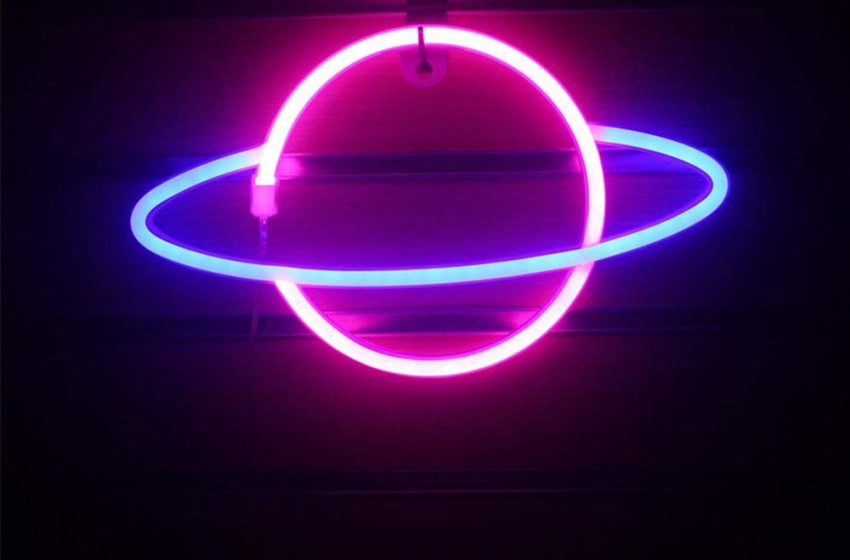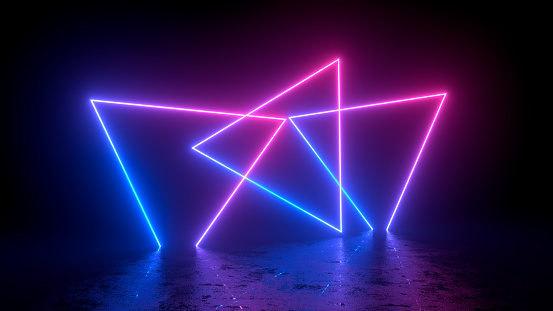
You must have seen neon lights hanging in celebration areas and for decorative purposes. These bright and colorful lights are used in signboards, advertisements, and even for displays on road. However, as it seems beautiful from the outside there must be something inside them. Do you know how neon lights work? Read more to know about the working of neon lights compared to others.
Consistency of lights
Neon lights contain neon gas inside them with low pressure. The electrons from neon atoms ionize them when electricity is supplied to them. All of them are attracted towards the terminals of the lamp for fulfilling the circuit. After that, light is produced from the atoms by gaining a sufficient amount of energy, releasing photons like in sketch and etch neons.
Working of a neon light
Neon lights that are available in the market are made of a glass tube, which is filled with low-pressure neon gases. This gas is well known as one of the noble gases for the characteristics of atomic shells. It takes a huge amount of energy to remove any kind of electron from the atoms because of the elimination of atoms. At the end of the glass tube, you will find an electrode. It works with the help of alternating current or direct current where the glow is seen around one electrode. In neon lights, alternating currents are used for reliable use.

After supplying sufficient electrical voltages to each terminal, you will get the required energy to the outer electrons from neon atoms. Lack of adequate voltage results will deficient kinetic energy for electrons and lights will not be produced. Positively charged cations are attracted towards negative terminals where free electrons remain in the positive terminal. Plasma particles in this region complete the circuit of the lam. You should supply the voltage for about 15000 volts to provide enough energy otherwise; the neon light of sketch and etch neons will not illuminate.
Where did neon light come from?
All the atomic particles present inside the tube move here and thereby colliding with each other. Each of them carries sufficient energy, whichis transferred and produces lots of heat. All these electrons remain very excited for consuming energies from their atoms. Electrons can go back to their original forms by releasing all the energies as a photon. In this state, the color of the light is determined from the difference in excited energy and original energy. An interval is set between them for producing a characteristic wavelength of the photon. All the excited electrons are responsible for amplifying definite wavelengths like reddish-orange lights. The excited noble gas patterns come out depending on the interval of electrons. The neon lights are produced either by a mixture of different gases or by coating the glass tube with other colors when it becomes energized.








